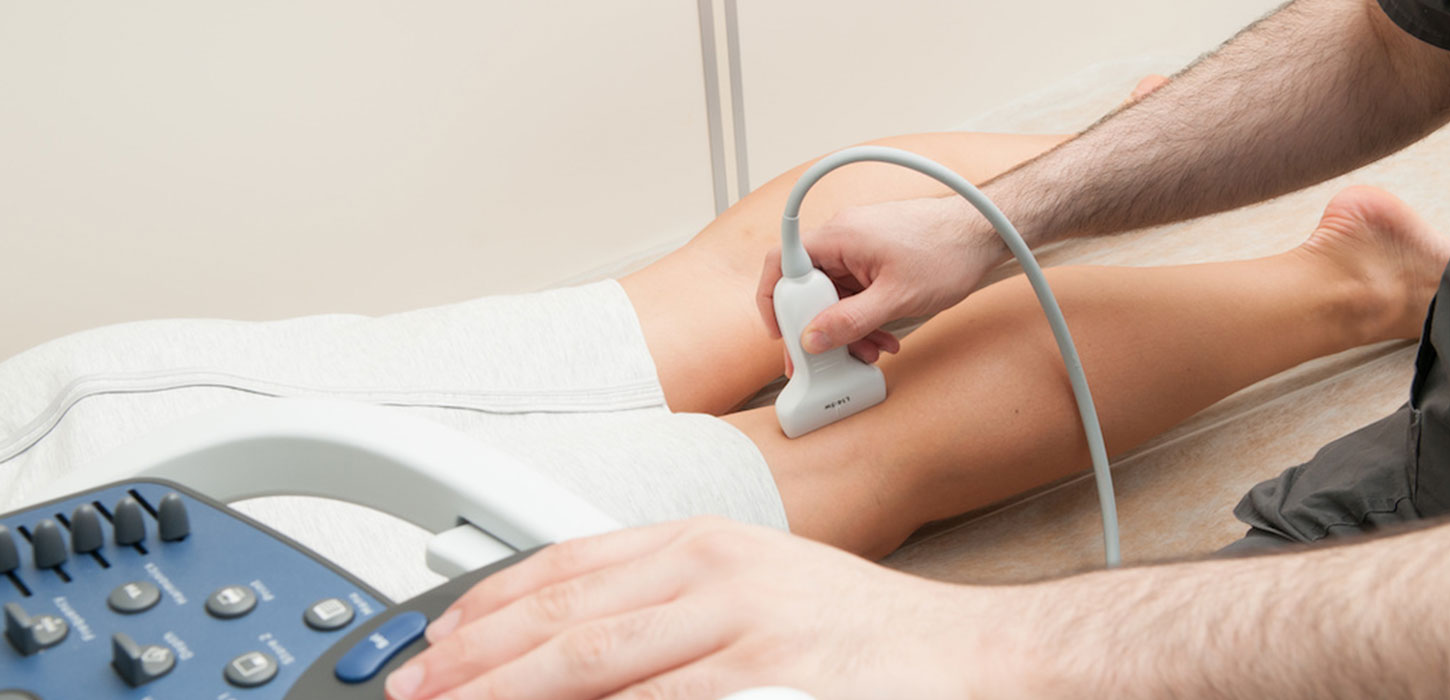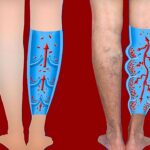The treatments for the PAD – Peripheral Artery Disease are according to the conditions of the patients. If the patients have mild symptoms such as (Kidney disease, stroke, heart attack, diabetes, blood cholesterol) the doctors suggest physical treatment:
- Regular physical activity – this is the most effective treatment; a doctor will often recommend. Simple walking regimens, leg exercises, and treadmill exercise can result in decreased symptoms in just 4-8 weeks.
- Change in the Diet – PAD patients have elevated cholesterol levels. A diet low in saturated fat, trans fat, and cholesterol is recommended as well as plenty of fruit and vegetables, can help lower blood cholesterol levels.
- Smoking cessation – Smoking tobacco greatly increases the risk of PAD, heart attack, and stroke. Smokers may have four times the risk of developing PAD than nonsmokers. Stopping smoking will help to slow the progression of PAD and other heart-related diseases.
- Some medications – the doctor may prescribe antihypertensive drugs as well as statins to lower cholesterol levels. Cilostazol and pentoxifylline may be recommended for patients with intermittent claudication.
If the treatments mentioned above do not help enough, the doctor may advise the surgical treatment unblocking or repair of a blood vessel. The surgical treatments are:
Angioplasty
Angioplasty is a medical procedure that ajar the narrowed arteries. Arterial narrowing and blockage can lead to serious complications like heart attack, stroke, and renal problems, etc. Angioplasty reduces the risk of heart attack and stroke considerably by increasing the blood supply to the heart and brain.
How is Angioplasty performed practically?
Angioplasty is done by inserting a catheter with an inflatable balloon at its tip into your blood vessel and guiding it to the blocked artery with the help of X-ray imaging. Your healthcare team will ask you about any medication you are taking. You are advised to stop some medicines. You may be prescribed to take anticoagulants before the procedure. If you are pregnant or suspect to be, tell your healthcare team as radiations can cause birth defects.
How Can our doctor Help you?
Dr. Simon can perform for you using comfortable, minimally invasive, state-of-the-art equipment and techniques. You will get proper pain management to keep you relaxed. However, general anesthesia is not required. ECG electrodes will be placed to check out the electrical activity of your heart during the procedure. Local anesthesia will be injected at the site of insertion. The catheter can be inserted in the groin region, arm, or wrist, but the groin region is usually preferred.
The catheter will be inserted into your blood vessel under sterile conditions and will be advanced towards the blocked artery. The Pulse rate below will be continuously monitored. Once the catheter reaches the blocked artery, contrast dye’s will be injected through the catheter. You may feel a metallic taste, headache, or flushing sensation when the dye is injected. Angiograms help to locate the exact point of blockage. There may be multiple sites of blockages. Then the balloon is inflated at the site of blockage to the vessel. When the balloon is inflated, you may feel chest pain that usually goes when the balloon is deflated. Your healthcare team will check whether the artery is opened or not with the help of angiograms. The balloon is deflated, then the catheter is removed out. The insertion site is closed with the help of manual pressure or sutures. After angioplasty, you are advised to take rest for some hours, and your condition is monitored to evaluate any complications such as abnormal heartbeat, kidney issue, or stroke.
How can we Help?
Vascular Health provides you with the qualified health professionals to cope with vascular issues and their management. If you feel any abnormality, book an appointment now.
Arterial/Venous Duplex
Arterial/Venous duplex is a procedure used to examine the blood vessels with the help of sound waves. It provides useful information for diagnostic and therapeutic purposes. Duplex ultrasound helps to identify the location and severity and assists the physicians to locate and examine the size of clots inside the vessels. It helps them to evaluate which endovascular therapy is the most useful to treat the cause.
How is Arterial-Venous Duplex performed?
No special preparations are required for the duplex ultrasound. It is performed on an outpatient basis at a diagnostic center. You may need to take off some clothing and accessories, depending upon the part of your body being examined, you may need to wear a gown. You should abstain from tobacco or caffeine before the procedure.
During the procedure:
You will lie on a table with arms on the side of your body or at your abdomen. The technician will measure your blood pressure before the procedure. The technician will apply the gel on the part of the body being examined and place a transducer at various positions on the part of the body being examined. The transducer generates sound waves that enter your body.
You may need to change your position during the procedure depending upon the requirements. The technician may request you to hold your breath. Sound waves collide with muscles, blood vessels, and tissues inside the body and get reflected. These waves are used to generate images that are displayed on the monitor. The images are viewed by a specialist for evaluation of the condition and can be photographed. You will hear some unusual sounds during the procedure due to blood flow through your vessels. If the evaluation of the abdominal region is required, you may need an overnight fast as intestinal gas can interfere with the results.
How does it feel during and after the procedure?
No need to feel terrified for arterial-venous duplex ultrasound. It is a harmless diagnostic procedure to evaluate vascular health without any complications or side effects. It doesn’t require any anesthesia as it’s a painless technique. Even after the procedure, you don’t need any specific instructions. You can resume all of your activities after the procedure.
How can we Help?
Vascular Health specializes in duplex ultrasound, providing you with vascular care by a team of experts. If you fear having any thromboembolic condition or vascular problems, book an appointment now!
Thrombectomy/Thrombolysis
Thrombectomy/Thrombolysis is a medical procedure used to dissolve the abnormal blood clots that impede normal blood circulation, damaging the vital organs and tissues mechanically or by medicines. It involves the use of x-ray imaging to direct the catheter at the site of blockage for dissolving the clots. The procedure is widely used to manage the risk of embolism, heart attack, and strokes.
How Thrombectomy/Thrombolysis is performed?
Before the procedure, your physician will take your thorough medical history. He will ask you about any recent illness or medication you are using. You may be advised to stop blood-thinning medicines before the procedure. Females who are pregnant or supposed to be pregnant should tell the healthcare team beforehand as radiation exposure can damage the fetus. You will need to wear a gown.
During the procedure:
You will lie on a procedure table. The healthcare team will place electrodes on your body to record heart rate, blood pressure, oxygen level, and cardiac rhythm. The healthcare team will insert an intravenous line that will be used to inject any required fluid or additional medicines during the procedure. The physician will insert a catheter into your artery under sterile conditions. Local anesthesia may be used to numb the area of insertion. The catheter will be advanced to the site of blockage under X-ray guidance. When the catheter reaches the blocked artery, your physician will insert a contrast dye that will help to take angiograms. At this time, you may feel a metallic taste or headache due to the injection of dye. Angiograms are used to pinpoint the location of the clot
.
After locating the clots, clot-dissolving medicines are injected at a controlled rate with the help of a special machine. It may take several hours to dissolve the clots. Most clots dissolve in about 24 hours while some may require a longer duration. You will be monitored continuously during the whole process. Depending upon the situation, clots may be broken down mechanically. Mechanical breakdown doesn’t require a longer duration of hospitalization. When the clots have been dissolved, the healthcare provider will remove the catheter and will apply pressure at the insertion site to stop any bleeding.
After the procedure, you can resume your activities. However, avoid extreme physical activities and driving. You may get pain as a side effect that can be relieved by proper pain management.
How can we Help?
Vascular Health is specialized in vascular care and thrombolytic techniques. To consult with our experts, book an appointment now!




